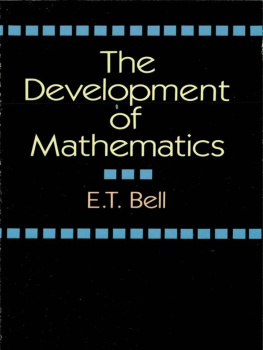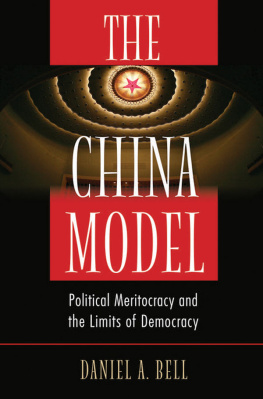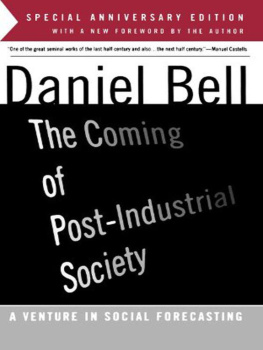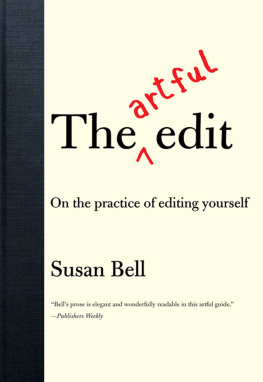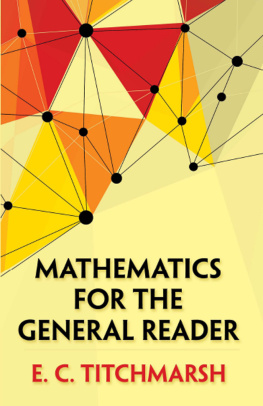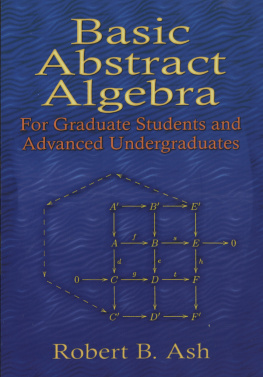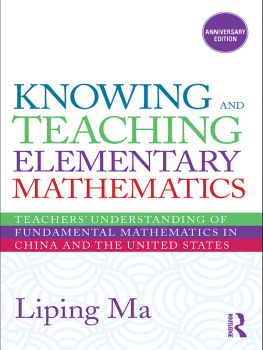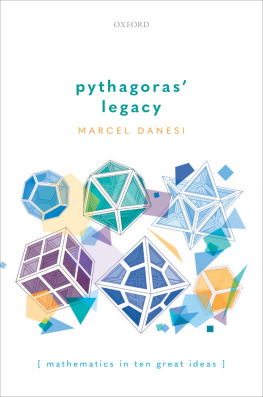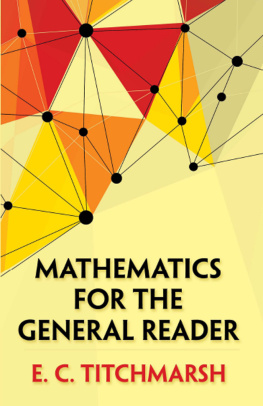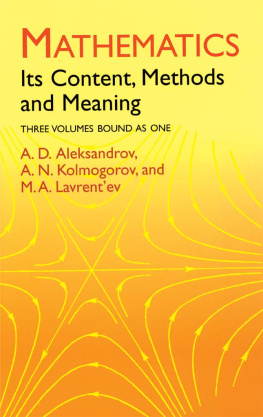Bell - The Development of Mathematics
Here you can read online Bell - The Development of Mathematics full text of the book (entire story) in english for free. Download pdf and epub, get meaning, cover and reviews about this ebook. City: Newburyport, year: 2012, publisher: Dover Publications, genre: Art. Description of the work, (preface) as well as reviews are available. Best literature library LitArk.com created for fans of good reading and offers a wide selection of genres:
Romance novel
Science fiction
Adventure
Detective
Science
History
Home and family
Prose
Art
Politics
Computer
Non-fiction
Religion
Business
Children
Humor
Choose a favorite category and find really read worthwhile books. Enjoy immersion in the world of imagination, feel the emotions of the characters or learn something new for yourself, make an fascinating discovery.
The Development of Mathematics: summary, description and annotation
We offer to read an annotation, description, summary or preface (depends on what the author of the book "The Development of Mathematics" wrote himself). If you haven't found the necessary information about the book — write in the comments, we will try to find it.
Ex Oriente luxTwo supreme achievements; Chronology of Greek mathematics; Number from Pythagoras to Diophantus; The postulational method; Flight from intellectual prudery; Through geometry to metaphysics; Plane, solid, and linear loci; A wrong turning?; CHAPTER 4 - The European Depression; European mathematics from Boethius to Aquinas; Submathematical analysis; CHAPTER 5 - Detour through India, Arabia, and Spain; Partial emergence of algebra; The emergence of trigonometry; Mathematics at the crossroads; CHAPTER 6 - Four Centuries of Transition; Opposing currents; A terminus in algebra.
A beginning in algebra and trigonometryThe development of symbolism; CHAPTER 7 - The Beginning of Modern Mathematics; Five major advances; Anticipations; Descartes, Fermat, and analytic geometry; Newton, Leibniz, and the calculus; Newtons version of the calculus; Leibniz version; Rigor; anticipations; Emergence of the mathematical theory of probability; The origin of modern arithmetic; Emergence of synthetic projective geometry; Origin of modern applied mathematics; CHAPTER 8 - Extensions of Number; Four critical periods; The Pythagorean adventure; Extension by inversion and formalism.
From manipulation to interpretationThe Euclidean program; Pythagoras to 1900; CHAPTER 9 - Toward Mathematical Structure; Abstraction and the recent period; Prospect; From supernaturalism to naturalism; Congruence from 1801 to 1887; A period of transition; The liberation of algebra; From vectors to tensors; Toward structure; CHAPTER 10 - Arithmetic Generalized; Generalized divisibility; Further developments; The general gain to 1910; The contribution from algebraic equations; Changing outlooks, 1870-1920; Mathematics and society; CHAPTER 11 - Emergence of Structural Analysis.
Three phases in linear algebraThe abstract method; Toward structure in algebra; Toward abstraction in analysis and geometry; A terminus in arithmetic; Newer directions; Retrospect and prospect; CHAPTER 12 - Cardinal and Ordinal to 1902; Equivalence and similarity; Arithmetized analysis; Existence and constructibility; CHAPTER 13 - From Intuition to Absolute Rigor; Two decirive turning points; Five stages; The golden age of nothing; Taylors contribution; Attack by an amateur; The triumph of formalism; Lagranges remedy; Gains to 1800; Ridiculous interlude; Intuition transformed.
A suggestion from physics.
This important book ... presents a broad account of the part played by mathematics in the evolution of civilization, describing clearly the main principles, methods, and theories of mathematics that have survived from about 4000 BC to 1940.--BooklistIn this time-honored study, one of the 20th centurys foremost scholars and interpreters of the history and meaning of mathematics masterfully outlines the development of its leading ideas, and clearly explains the mathematics involved in each. According to the author, a professor of mathematics at the California Institute of Technology from.
Bell: author's other books
Who wrote The Development of Mathematics? Find out the surname, the name of the author of the book and a list of all author's works by series.

